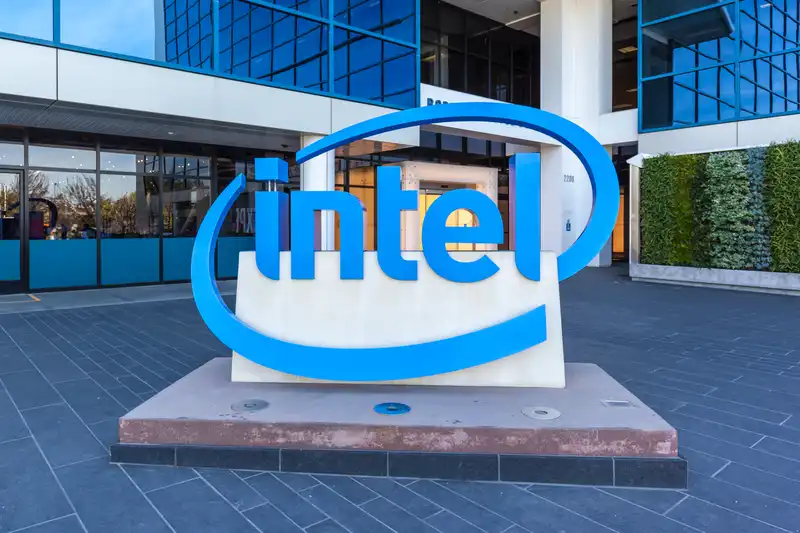Intel has spent much of the last year struggling, and one telling story is reports that other major high-tech companies are looking to acquire longtime chipmaker Intel. Stories range from tech giants like Apple considering a takeover of Intel to Qualcomm considering a takeover of Intel.
Apparently, as a new report by Semafor claims, the U.S. government is taking notice.
With Intel posting a loss of over $16 billion this past quarter, Semafor reports that the US Department of Commerce is considering multiple avenues to bail out this US company.
One of these measures is a law called the CHIPS Act, which would provide Intel with a cash infusion; the CHIPS Act is intended to allow American high-tech companies that manufacture components to compete with China through cash infusions. Currently, Intel will receive over $20 billion in subsidies and low-interest loans through CHIPS.
Allegedly, Intel has not received that money due to concerns by U.S. authorities that it must present a “viable” restructuring plan. Presumably, policymakers are not as eager for a bailout as they were in 2008, when the government directly funded the ailing company.
Sources told Semafor that the initial discussions between congressional officials and Commerce Department bureaucrats were held because the government views Intel as a strategically important company that can serve as a “counter axis to China” in the semiconductor sector. Currently, most chips are manufactured in China. Unlike fellow American companies Nvidia and Qualcomm, Intel actually produces its own chips, rather than outsourcing them to “fabs” in Korea, Taiwan, and elsewhere.
An Intel spokesperson told Semafor that “Intel is the only U.S. company that designs and manufactures cutting-edge chips and plays an important role in enabling a globally competitive semiconductor ecosystem in the United States.”
Last week, Intel posted a huge net loss, attributed to write-downs and “restructuring charges.” However, the company is more optimistic about its fourth-quarter outlook.
One option floating around is a merger with AMD, with whom Intel just partnered on the x86 council to protect its architecture from the recent surge of ARM-based chips such as Qualcomm's Snapdragon Elite.
Marvel is another California-based technology company. Surprisingly, Apple and Qualcomm are not mentioned by name, even though both are American companies and are increasingly considering bringing manufacturing in-house.
To our knowledge, the U.S. government has never forced a merger between the two companies. However, as our sources suggest, it is not out of the realm of possibility that the government might encourage a privately-led merger between Intel and AMD or Marvell. As far as we know, there is no indication that either company is interested in taking over Intel's portfolio and foundry.
Despite the doom and gloom, Intel's future looks a bit brighter in the short term. The company has received large orders from the U.S. Department of Defense and Amazon Web Services. Intel also expects the 18A chip to be available in 2025.
“We are confident in Intel's overall vision of manufacturing chips in the US,” a Commerce Department spokesperson told Semafor.










Comments